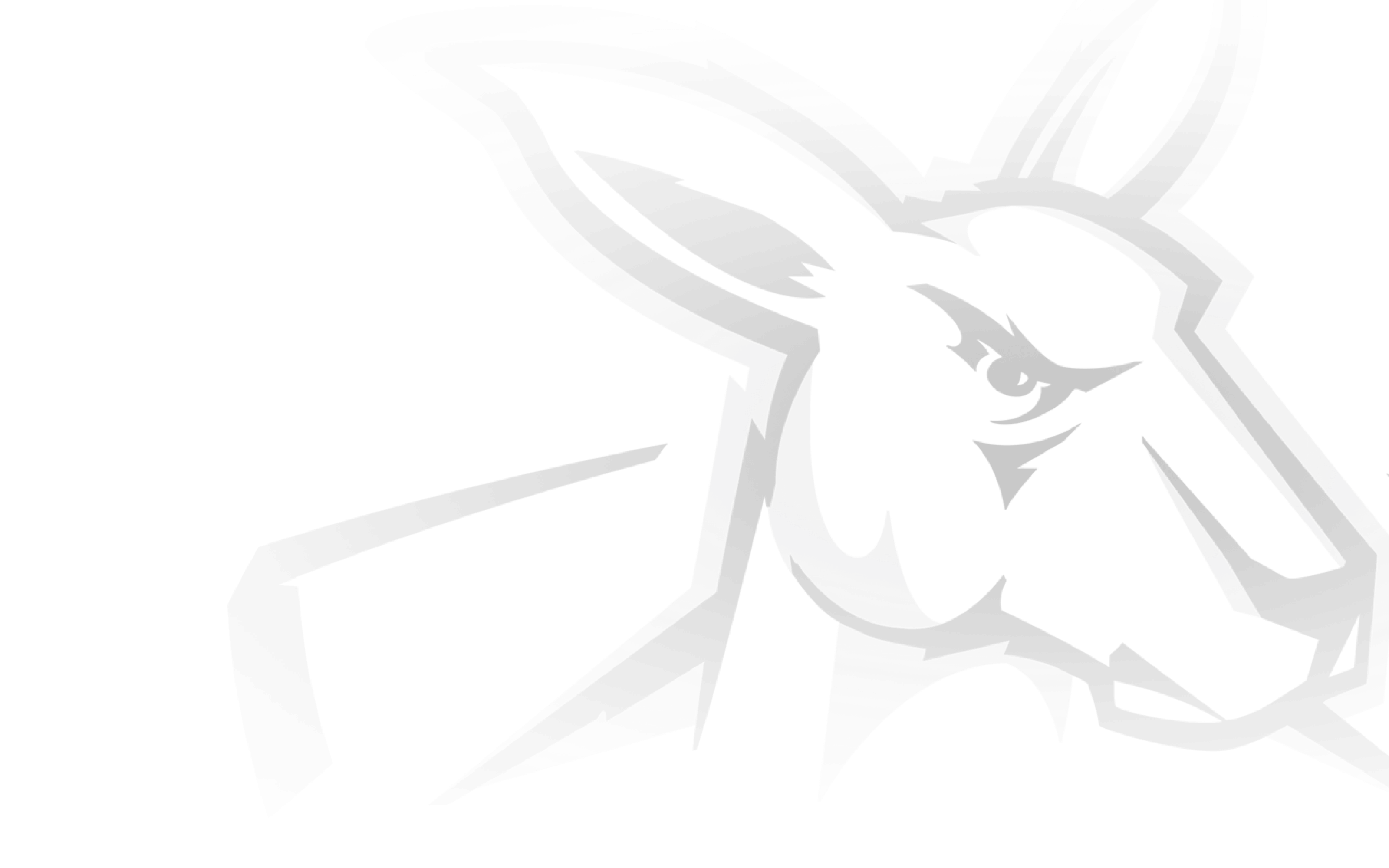Assigned when a player earns their senior debut, a Shinboner number forever marks a place in North Melbourne history. Finnbar Maley, the club's most recent debutant, is No.1072. Brent Harvey is No.853. Alastair Clarkson is No.781.
Though North Melbourne was founded way back in 1869, Shinboner numbers date back a century, to the club's entry into the VFL/AFL in 1925.
So who were the original Shinboners?
As the club celebrates its VFL/AFL centenary, club archivist and renowned historian Barbara Cullen OAM has undertaken a major research project into the 33 men who formed the Kangaroos' inaugural VFL list, in 1925.
>> A LEGACY EVERLASTING Help celebrate our centenary in the VFL/AFL
Her profiles reveal the first Shinboners' playing careers as well as their often eventful lives outside football.
There is Shinboner No.1, centre half-forward Wels Eicke, who was North Melbourne's first VFL captain/coach. An inaugural inductee into the Australian Football Hall of Fame, he is one of only six AFL/VFL players to play aged 15, and holds the League record for playing with the most number of teammates (299).
Shinboner No.3, Jock Doherty, didn't let being 166cm and blind in one eye stop him from playing at full-forward. Jockey-sized and presumably struggling with depth perception, he starred in the Kangaroos' first VFL game against Geelong, kicking two goals.
Shinboner No.33, Clarrie Nolan, was from Glenrowan, where Cullen reveals his father was said to be a schoolmate and neighbour of an up-and-comer named Ned Kelly.
Long before the game became truly professional, the originals had jobs outside football, and Cullen finds their work was typically hands-on. They were turners, lamp makers, shop workers, engineers.
Three were firemen: Gerry Britt, Chris Gomez and Fred Metcalf (whose full name was not Frederick but Frederate). Before joining North Melbourne, they played in the Metropolitan Fire Brigade's team in the Wednesday League. In 1924 they had been runners-up to the Railways team.
The brilliant ruckman Johnny Lewis, who is in the Australian Football Hall of Fame, starred in 150 games for North but it could have been more. He paused his career in the hard years between 1927-29, when he went up to New South Wales to work as a shearer.
Many were from huge families - the size that would be reality TV material today but were more normal in interwar Australia. Midfielder Albert 'Curly' Linton was the youngest of 14 kids. Joe Wood, who kicked 17 goals in a game as a junior, was eighth of 13. Bill Russ and Clarrie Nolan were from families of 11. Gerry Britt the seventh of 10.
SIGN ON WITH LACHY
Get on board with our newest Roo and become a 2026 North Melbourne member!
JOIN US TODAYThe world wars - one or both - played outsized roles in many of their lives, as revealed by a scan through the starting line-up in the club's first VFL game.
At full-back, the railwayman, Archie Giles. Shot in the hand in France in 1918, where he was commended for his bravery in the trenches.
In the centre, 'Curly' Linton. Wounded twice while in France, the second time at Polygon Wood, when a shell penetrated his chest, missing his heart by centimetres.
On the half-forward flank, the journeyman Harry Clapson. Having survived Gallipoli, he was wounded in France. Neither experience deterred him from enlisting for World War Two.
Up forward, Alf Goonan, who has the distinction of kicking the club's first-ever goal at League level in that Round 1 match in 1925. Fourteen years later, he enlisted for World War Two, aged 36. He was posted to Singapore, then to the west coast of Malaya, where he was injured in fierce fighting. Despite surrendering he was killed in what became known as the Parit Sulong Massacre; one of 110 men whose bodies were never found.
Joe Kirkley, a hairdresser who played two games later in the 1925 season, would serve in the Middle East with the 2/13 Battalion known as the Rats of Tobruk, and in New Guinea.
Cullen's meticulous research has taken her to births, deaths and marriages, cemeteries, war records and deep into the North Melbourne archives.
Still, a century on there remain gaps in some players' records, and the sources sometimes blur on details. Joe Wood is sometimes Jack. Alf Lambe can be Lamb. Little is known of Billy Smith's family, or when exactly his playing career ended.
Even reports from the time sometimes bear little apparent relation to each other. In May 1925, accounts of the same game featuring Fred 'Jo-Jo' Rutley (Shinboner No.22) appeared in two Melbourne newspapers.
The Australasian: "Rutley was the best of the forwards".
The Argus: "Rutley received a head injury and was unconscious for a time. He took the field again and collapsed in the dressing room before being sent home."
To be fair to both papers' match reporters, either experience would have been on-brand for Rutley, who was a prolific goalkicker and a hulking labourer by trade.
In a Round 12 rematch against Geelong in 1925, he was involved in one of the game's most notorious incidents.
He knocked Geelong's Lloyd Hagger to the ground, kicked Eric Fleming, exchanged punches with two other opponents, and tried to kick another. During the all-in brawl that followed, Geelong captain Cliff Rankin and a teammate were both carried unconscious from the field.
Six players faced 17 charges. Rutley faced six alone. His teammate Bill Russ, who had knocked out Rankin, was rubbed out for the rest of the season. Rutley was banned for life.
Five years on, the VFL would relent and lift his ban, allowing him to play four final games for North Melbourne, but by then he had missed 89 matches.
It stands as the longest suspension in VFL/AFL history, ensuring that although Rutley would not finish as the most decorated of the original Shinboners, he remains the most infamous.


